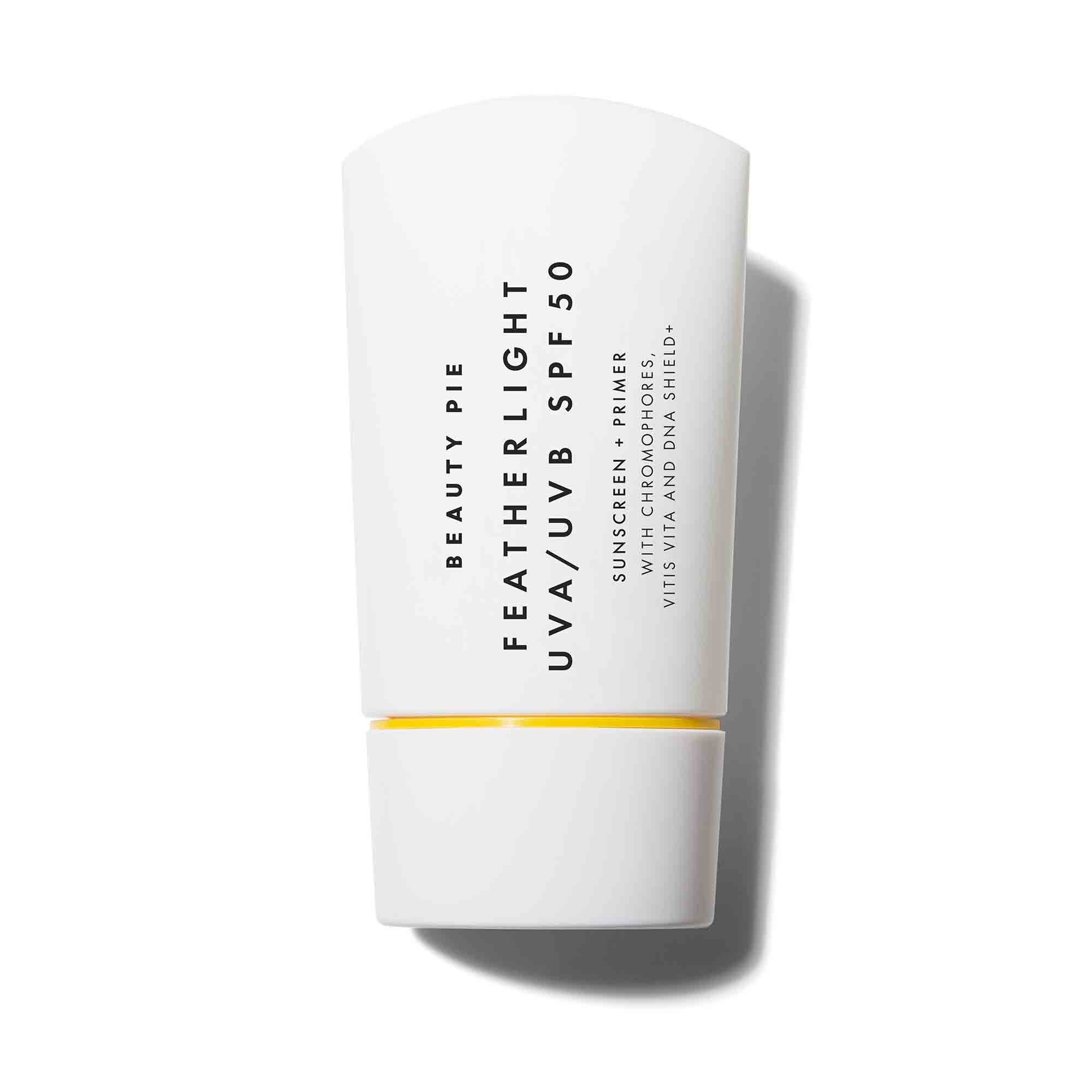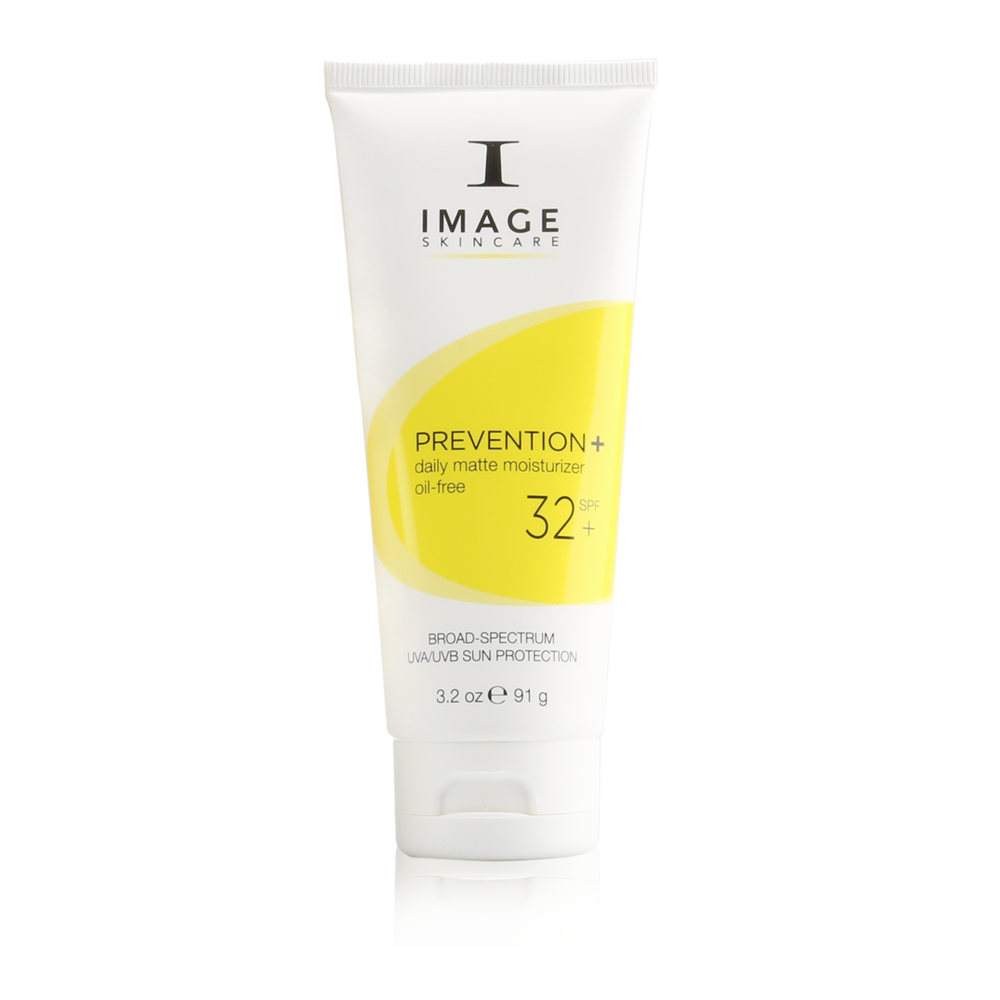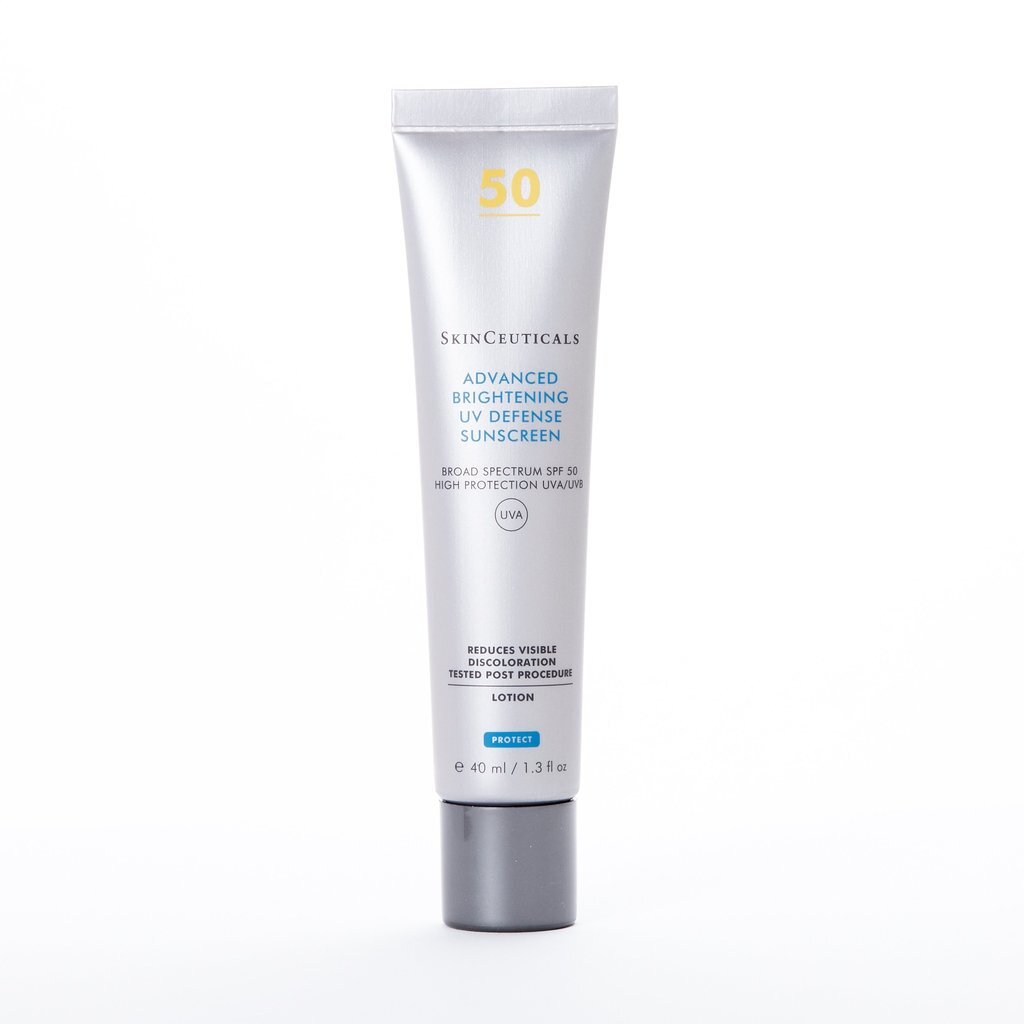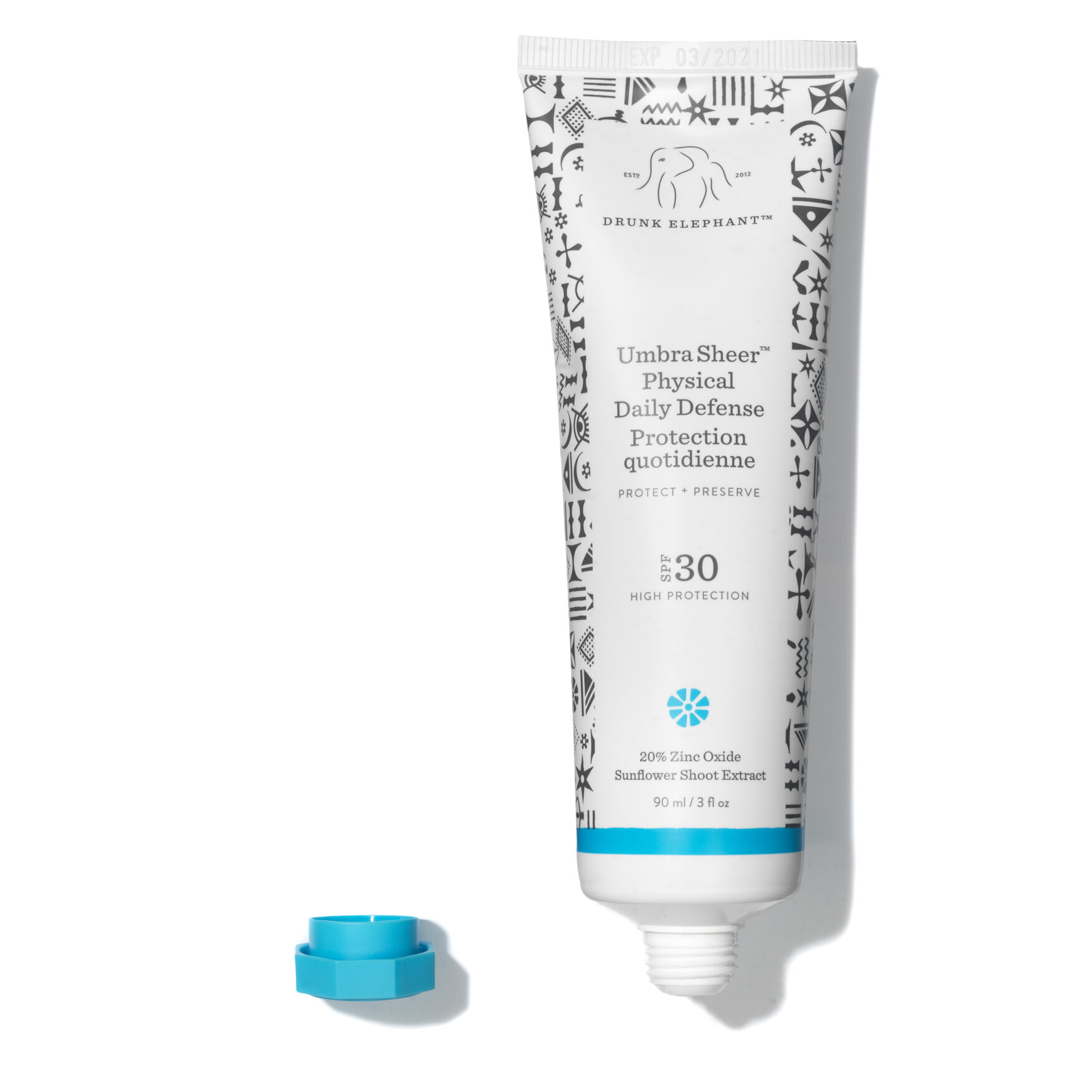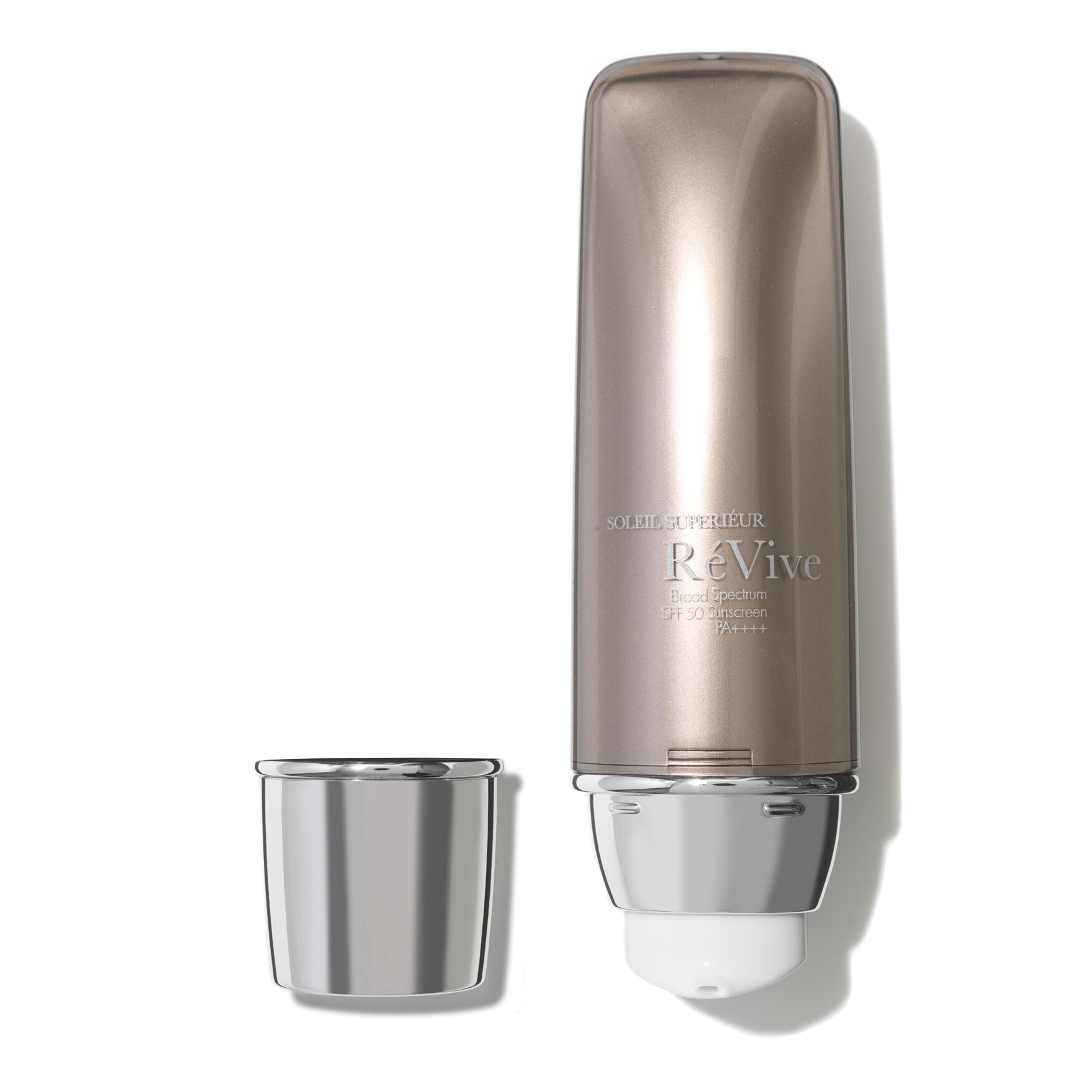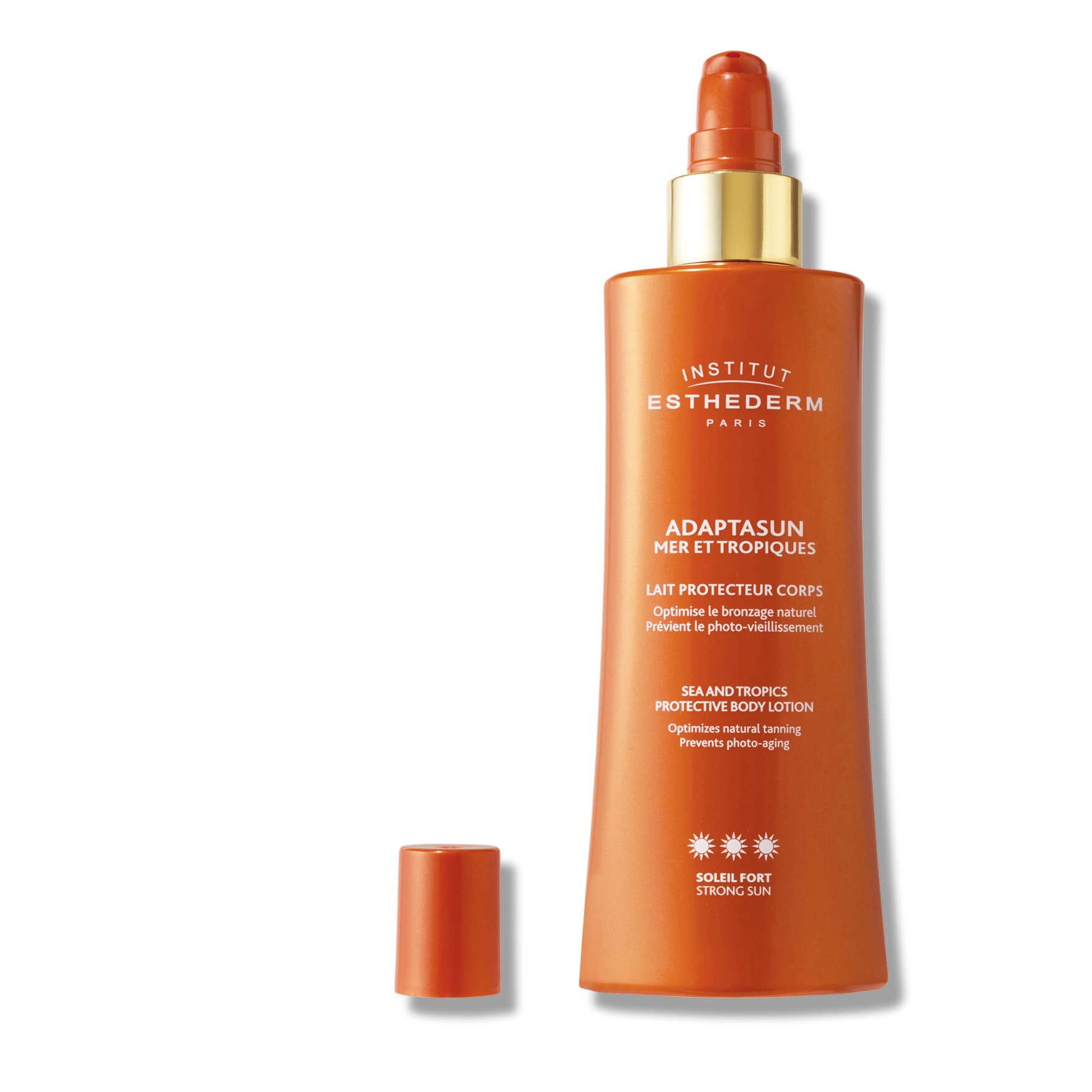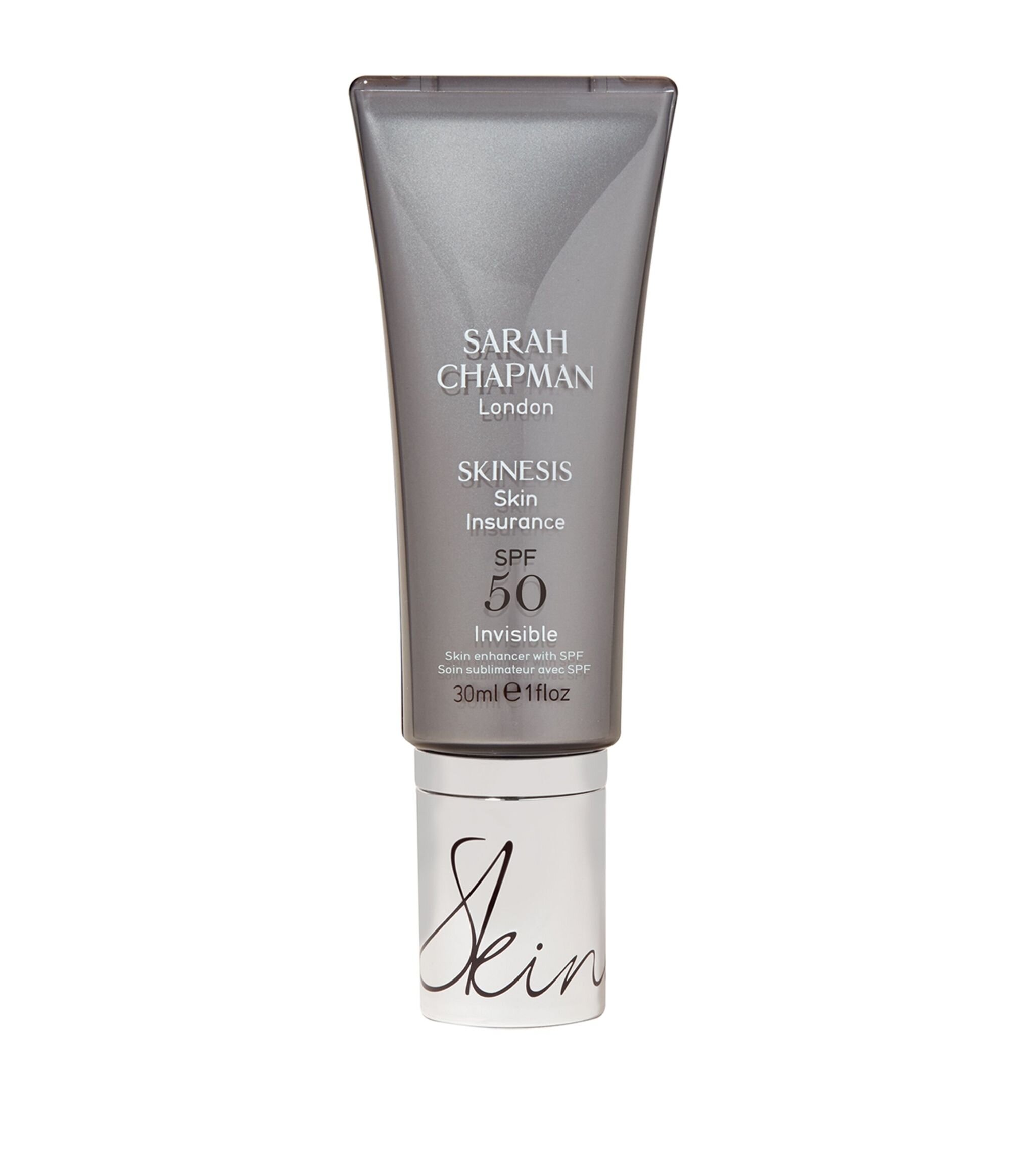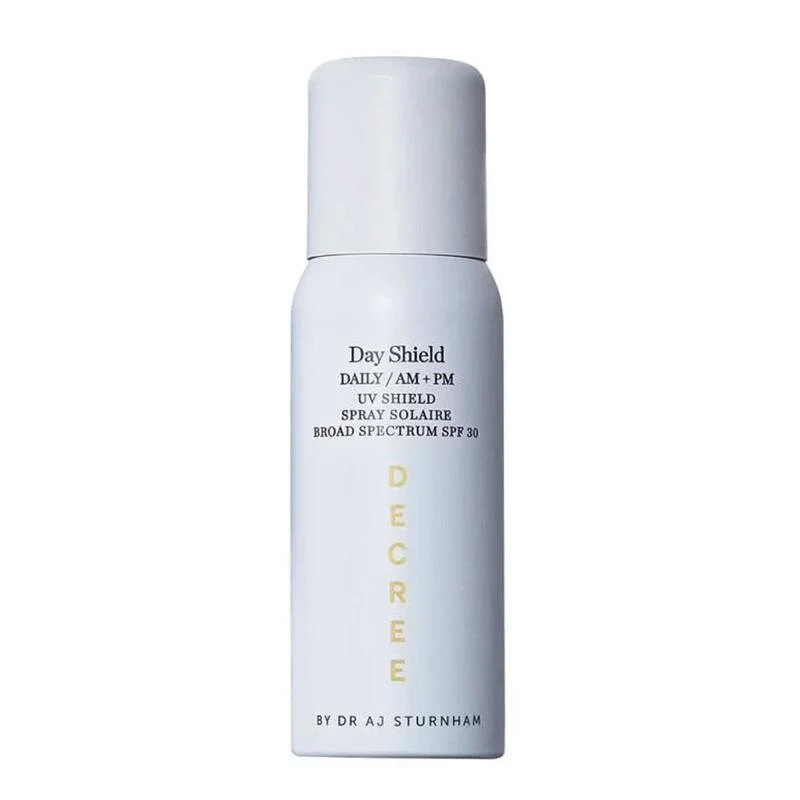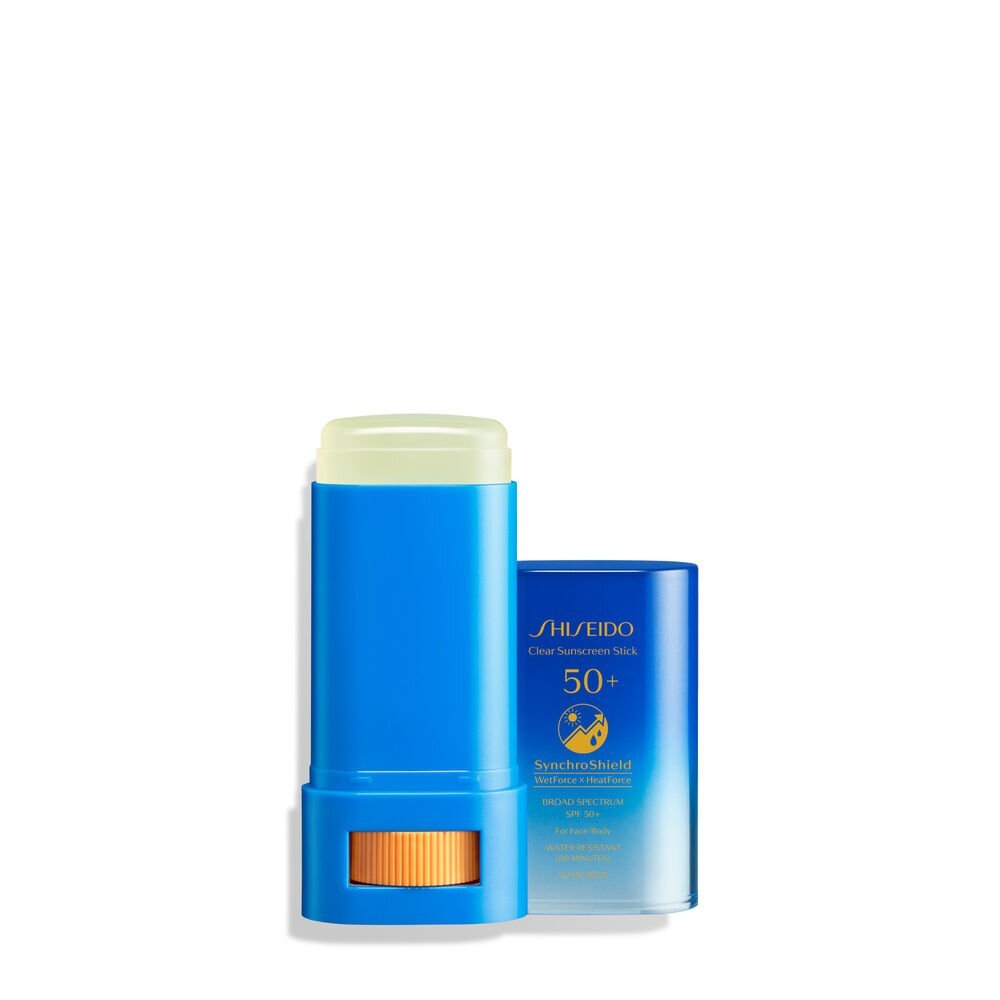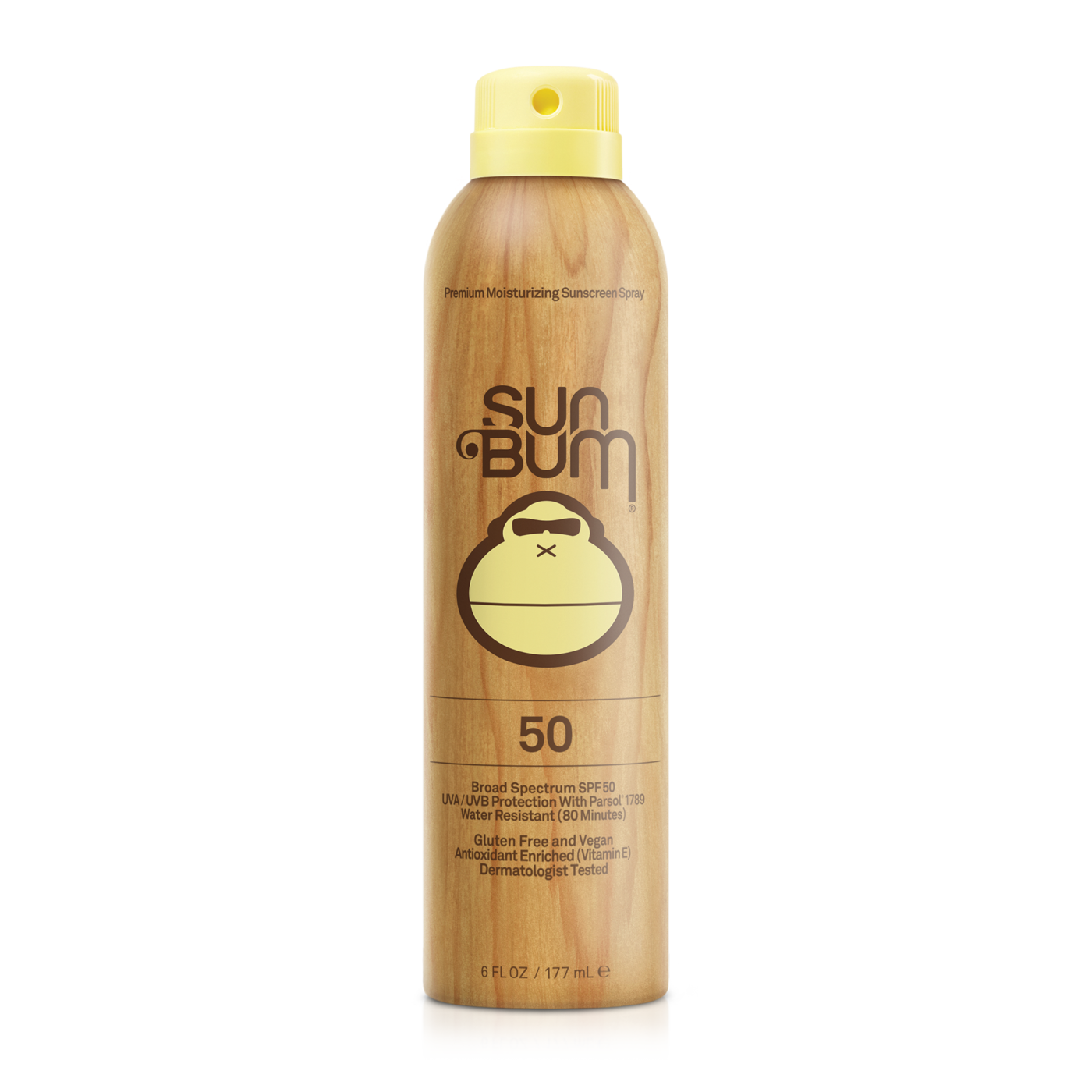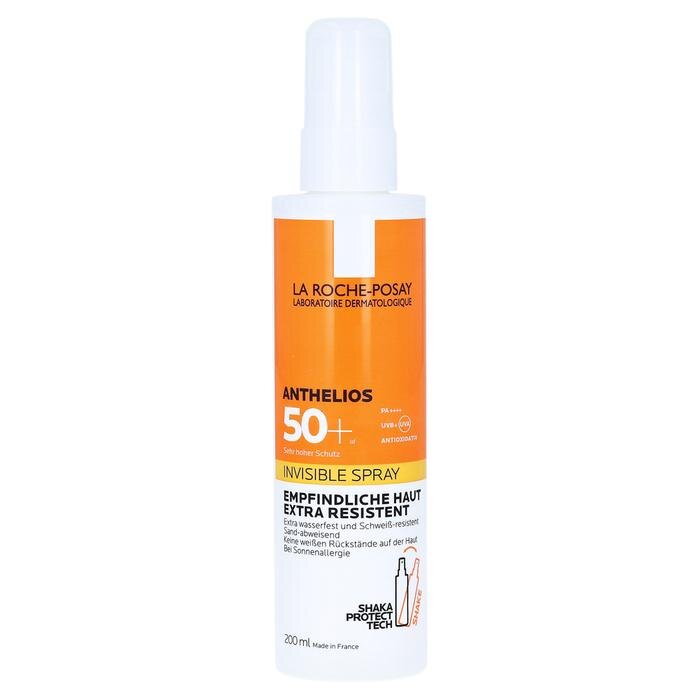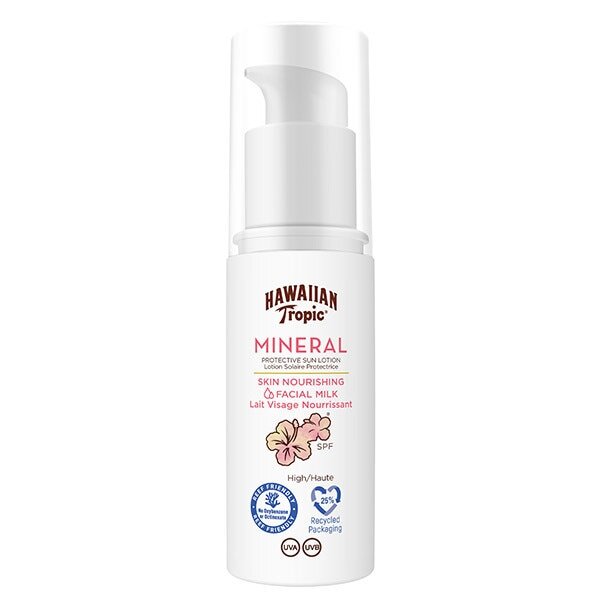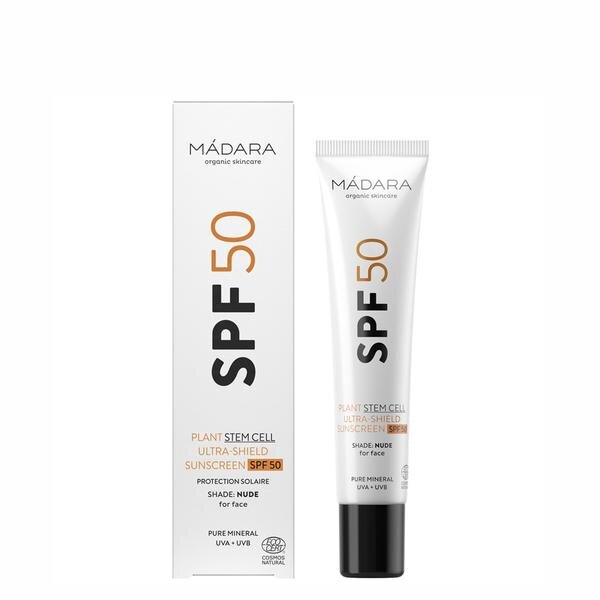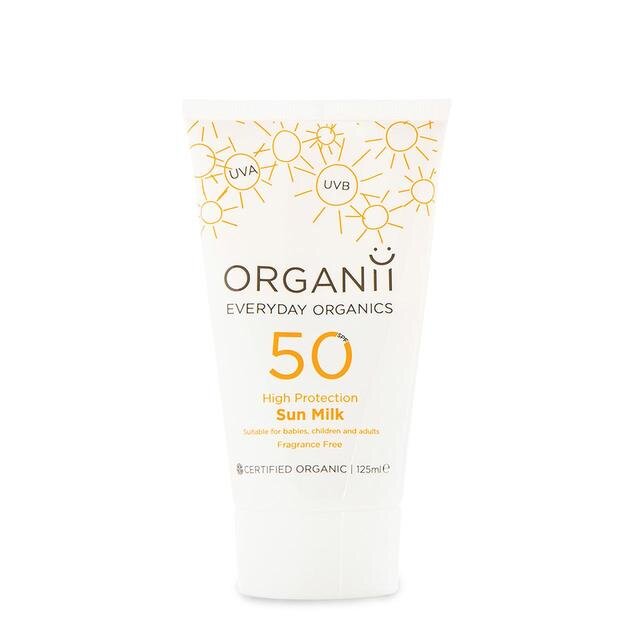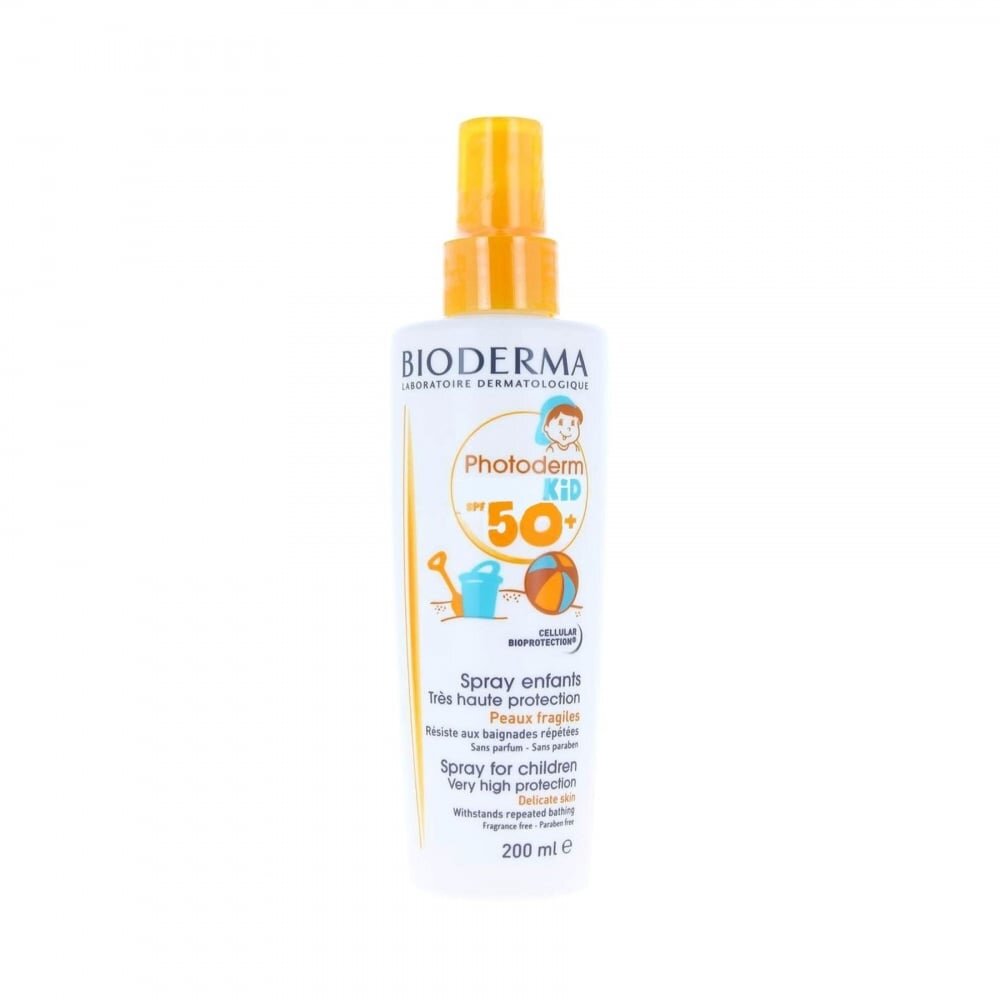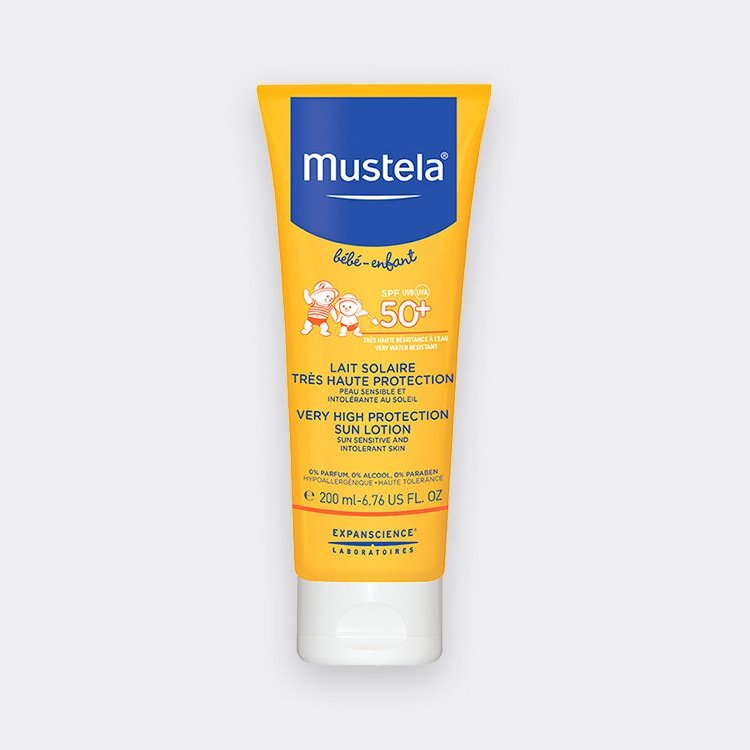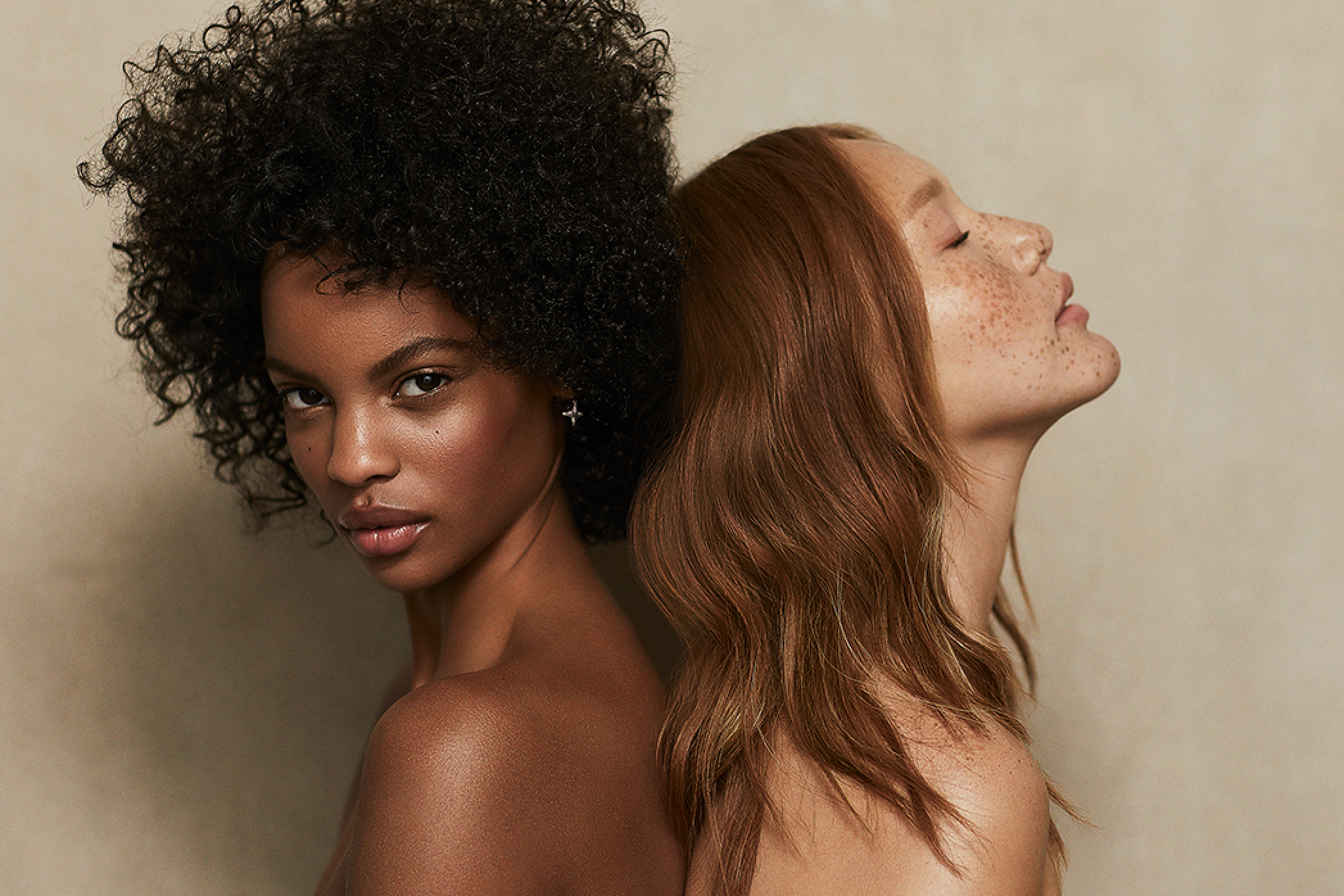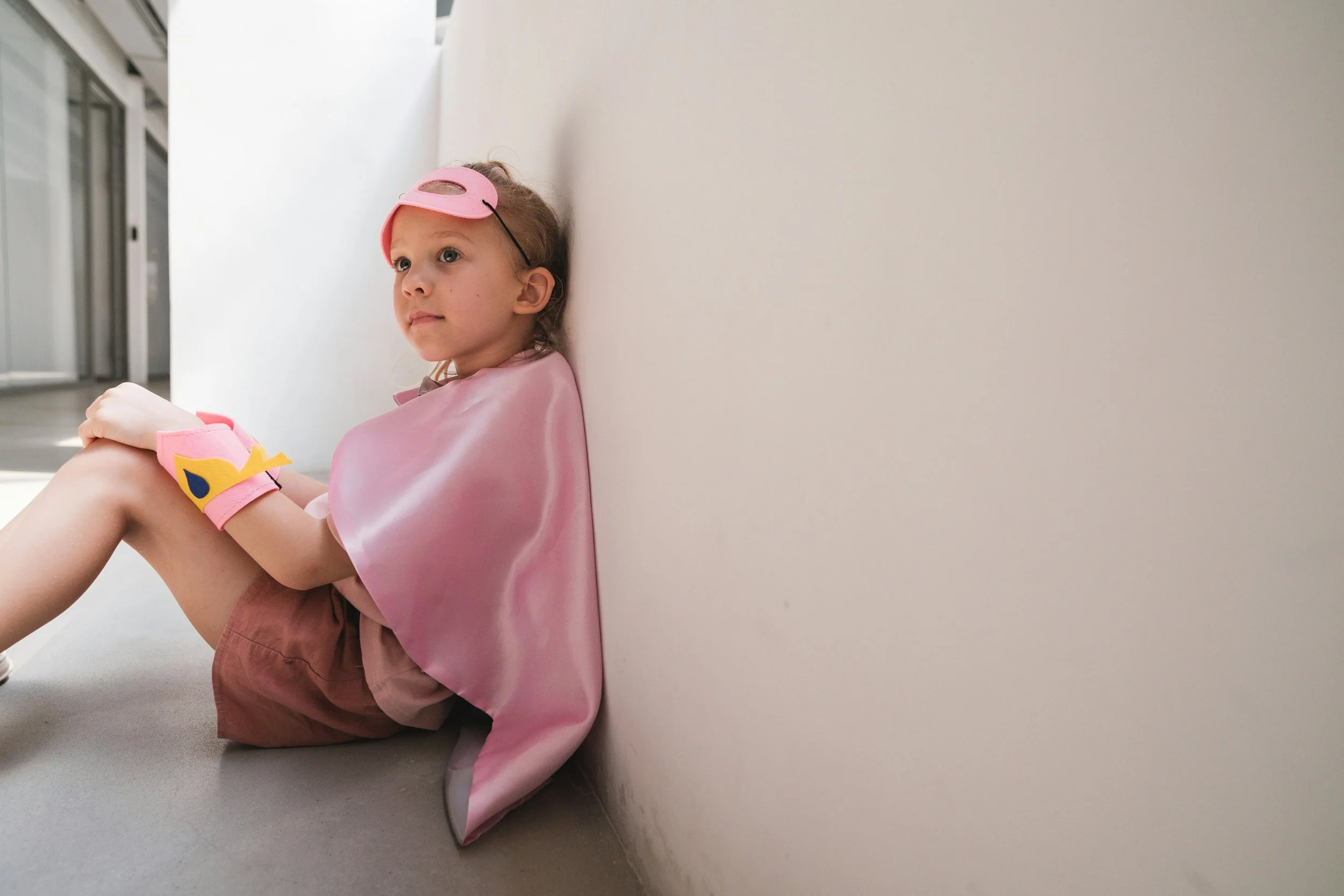Everything you Need to Know About Suncream
One thing is for sure, when it comes to protecting your skin against the sun’s rays, it’s all about regular application of suncream. And we’re not talking about a Gwyneth Patrol’s ‘just where the sun hits’ method.
Efficient coverage is key. You want to be applying a full desert spoon of SPF to the face, ears, neck and chest, at least 15 minutes before sun exposure, reapplying every two hours. Make sure you don’t forget your eyelids and lips. Not only is the skin around those areas more delicate but they’re also the first areas to show signs of sun damage and premature ageing.
When it comes applying suncream to your body, the general rule of thumb is a table spoon per limb and another for the body. Don’t have a desert spoon, no worries, it roughly equates to the length of two fingers.
Application covered, it’s time to think about what kind of suncream is right for you. First up: Mineral vs Chemical suncreams.
Mineral suncreams sometimes referred to as ‘physical suncream’, work by forming a barrier to deflect the suns rays before they can enter the skin. While zinc oxide and/or titanium dioxide formulas can be more difficult to spread on your skin and leave behind white cast, they usually last longer than chemical formulas.
Chemical Suncreams on the other hand, contain filters that work as sponges collecting the suns rays and preventing them from entering your skin. While these lotions and sprays are easier to apply with no white residue, you will need to reapply more often than you would with a mineral suncream.
Is one better than the other? According to the experts, not really, it’s all about personal choice. However if you suffer from sensitive skin you might want to opt for a mineral suncream, as the ingredients are not absorbed by the skin, making them less likely to aggravate.
Next up SPF. Ask any expert out there and the answer is always the same. You need to be using an SPF or at least 30 or upwards. With babies and young children, ideally you want to stick to SPF 50+ , keep them in the shade as much as possible, particularly between the hours of 11am and 2pm and of course, reapply every 2 hours.
Lastly, let’s look at formula. Lotions and creams tend to be more hydrating than sprays. They also last on skin longer than sprays and are more likely to form a uniform protective coating over skin than sprays, providing more even protection. Sprays on the other hand are easy to use and great for kids who dislike wearing suncream. However they might require a second layer, so spray generously. And while not every formula is ever truly waterproof, some suncreams do offer some form of water-resistants. Just make sure you take not of the water-resistance time on the bottle, reapplying more frequently when swimming, sweating or towelling off.
To put it simply, as long as you are applying your suncream correctly and using one that offers broad-spectrum protection (UVA & UVB), the one that is best for you and your family, is the one you will actually use.
Still unsure what to go for? No worries. Whether you are searching for the best suncream to use under makeup, something for the kids or the latest in sun smart technology, we’ve got you covered with…


